Mammals may seem like the friendliest and most familiar group in the animal kingdom, but some of them are hiding shocking secrets. Beneath their fur and seemingly gentle exteriors, these creatures possess traits that are surprisingly dangerous. From venomous bites to unpredictable aggression, these mammals prove that you should never underestimate nature
1. Platypus
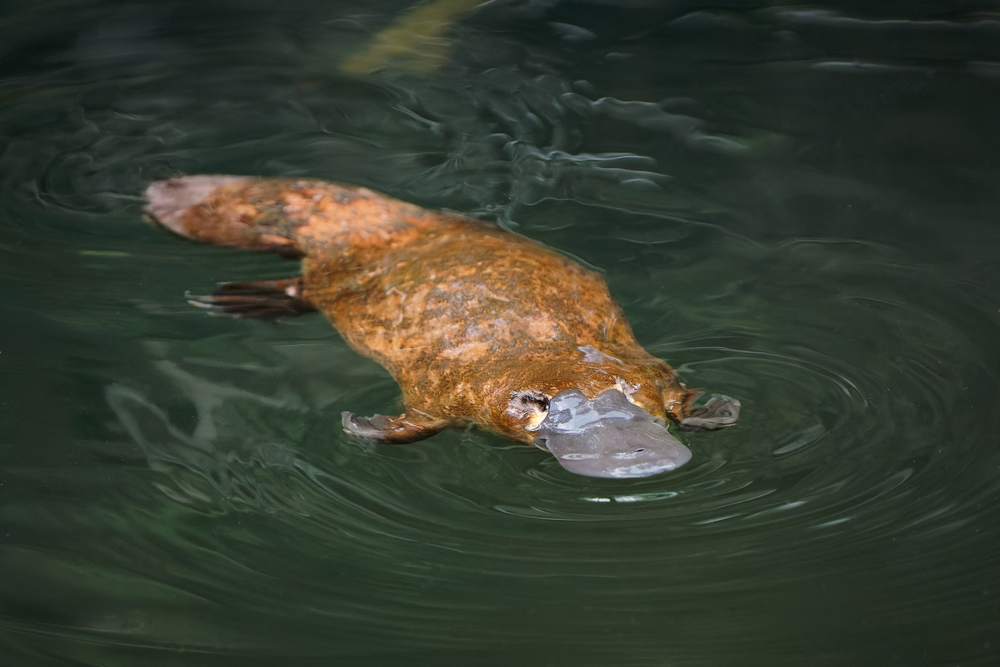
The platypus may look like an oddball with its duck-like bill and beaver tail, but the males are armed with venomous spurs. A jab from these spurs delivers excruciating pain that can last for weeks, and there’s no known antidote. While it’s not usually fatal, the agony is enough to incapacitate even large predators—or unlucky humans. This quirky mammal is proof that weird can also be dangerous.
2. Slow Loris
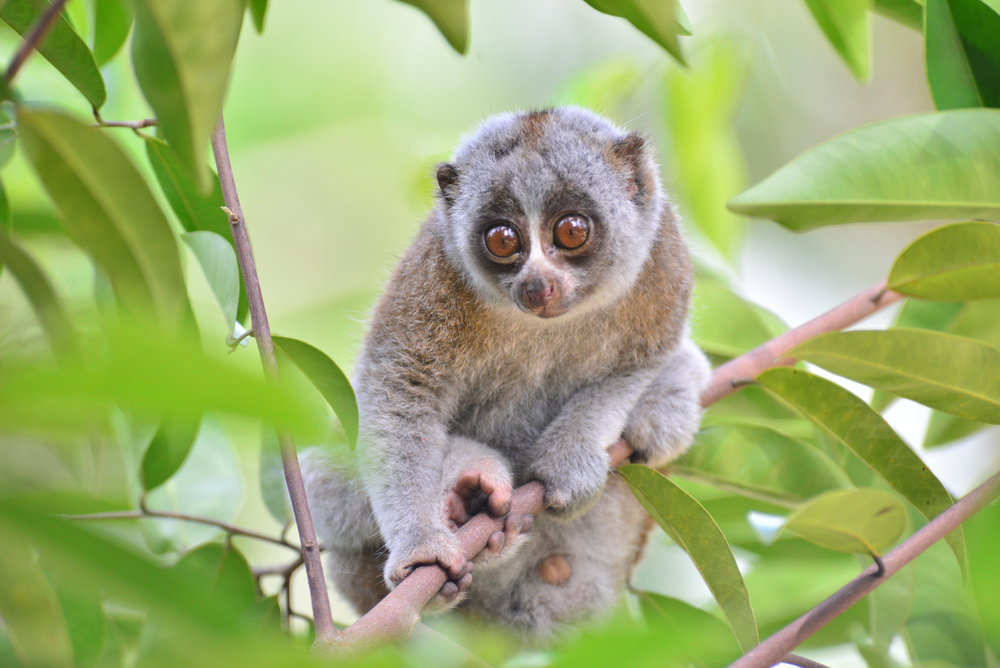
With its wide, innocent eyes, the slow loris looks like the perfect cuddly companion. But it’s one of the few venomous mammals in the world, delivering its venom through a bite or by licking its toxin-coated fur. This venom can cause extreme pain, swelling, and even anaphylactic shock. Behind that adorable face lies a surprisingly deadly defense mechanism.
3. Hippopotamus
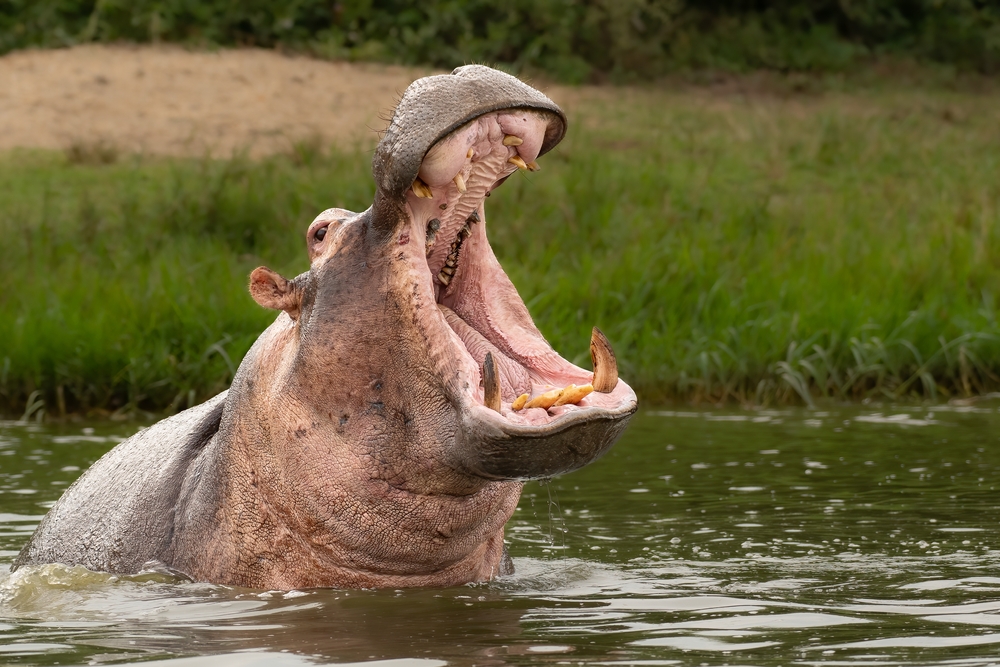
Hippos might seem like slow-moving, water-loving giants, but they are some of the most aggressive mammals on Earth. Their massive jaws can crush boats, crocodiles, and even humans with terrifying ease. Responsible for more human deaths in Africa than lions, they’re known for charging anything they perceive as a threat. Their deceptively docile appearance masks a highly volatile temperament.
4. Giant Anteater
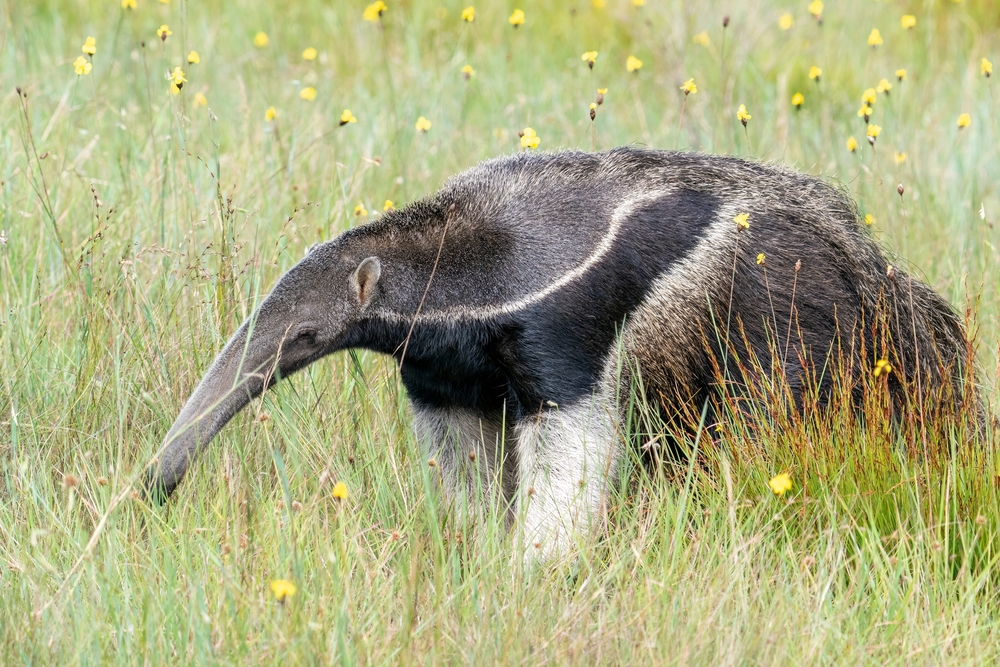
The giant anteater may sound harmless, but its razor-sharp claws are designed for digging—and for defense. When threatened, it rears up on its hind legs and uses its powerful front claws to strike with lethal precision. It’s been known to disembowel predators like jaguars, and even humans have fallen victim to its surprising strength. What looks like a peaceful grazer is actually a deadly force to be reckoned with.
5. Moose
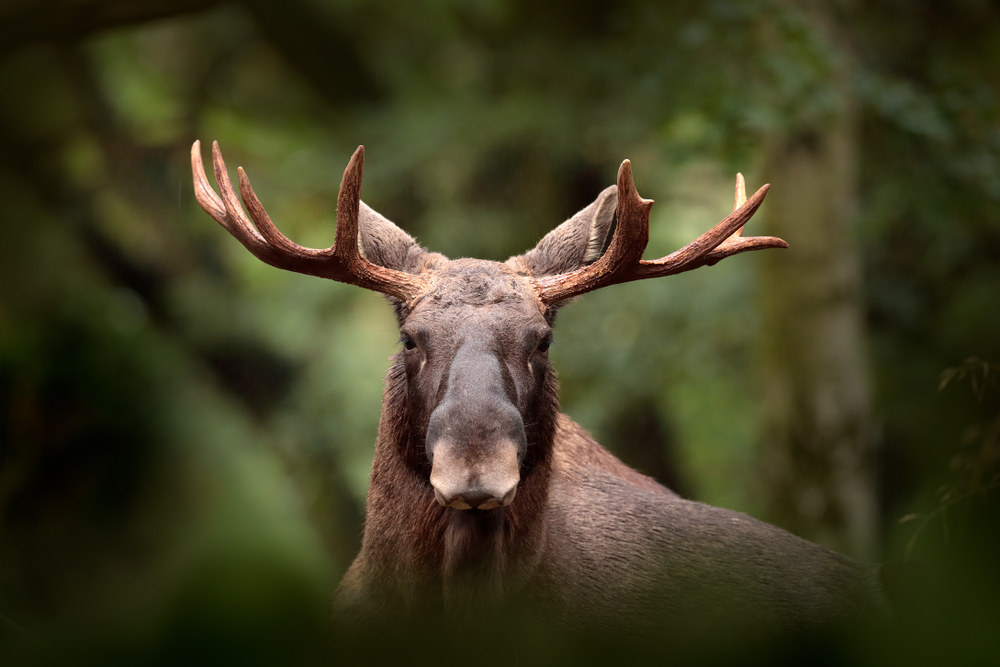
Moose might look like gentle forest giants, but they are easily provoked and can become extremely dangerous. With their sheer size and powerful legs, they can charge at speeds of up to 35 mph, trampling anything in their way. During mating season or when protecting their calves, moose are especially aggressive. Getting too close to one of these towering mammals can be a fatal mistake.
6. Beaver
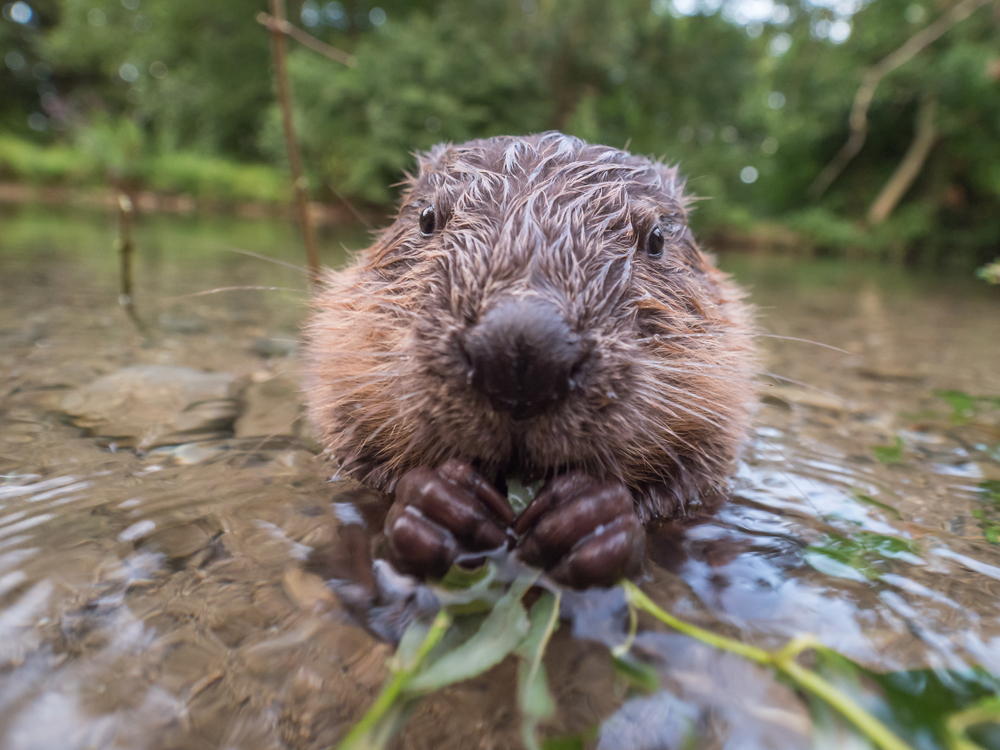
Beavers are known for their industrious dam-building, but their powerful teeth can inflict serious harm. They’ve been known to attack humans when threatened or cornered, delivering deep bites that can cause infections or sever arteries. In rare cases, rabid beavers have displayed highly aggressive behavior. These aquatic rodents are not as harmless as they appear.
7. Tasmanian Devil
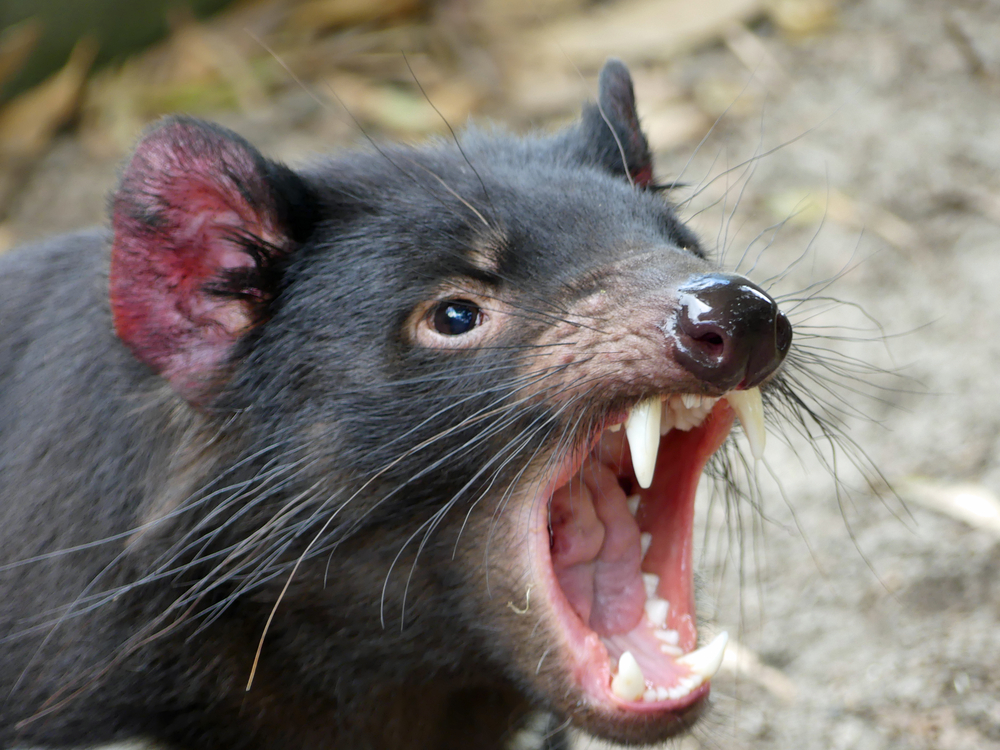
Tasmanian devils may be small, but their powerful jaws and aggressive nature make them surprisingly dangerous. Their bite can crush bones, and they’re known to eat every part of their prey, including fur and bones. When cornered, they emit spine-chilling growls and screeches to intimidate predators. Despite their size, they’re fearless and willing to fight back against much larger threats.
8. African Wild Dog
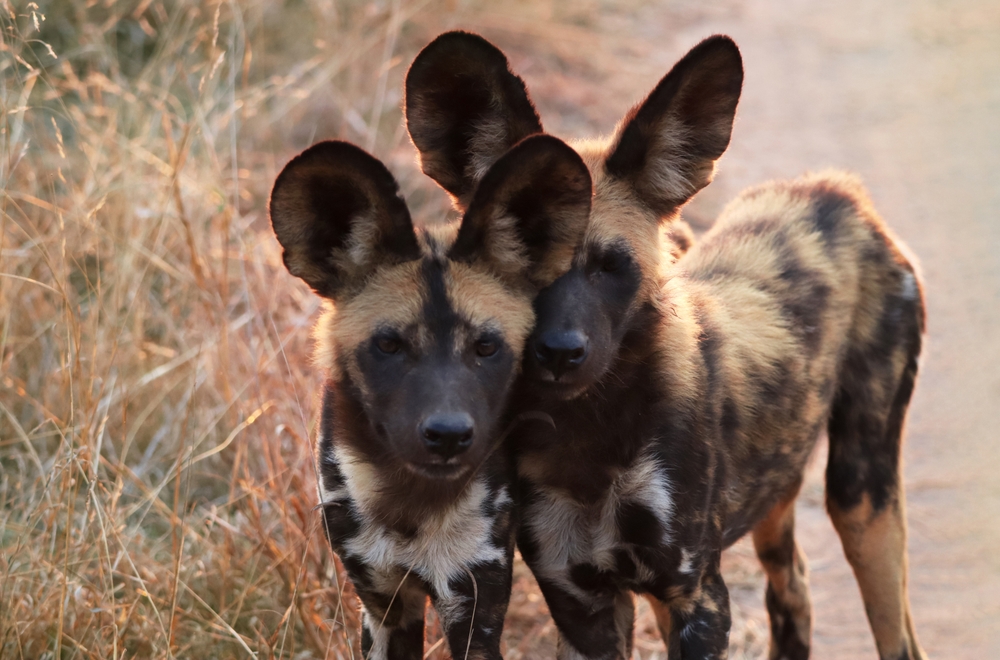
African wild dogs, with their playful appearance and painted coats, might look like harmless canines. However, they’re among the most efficient predators, using coordinated pack tactics to bring down prey much larger than themselves. Their relentless hunting style often involves disemboweling their prey before it has a chance to fight back. These highly social animals are as deadly as they are beautiful.
9. Wombat
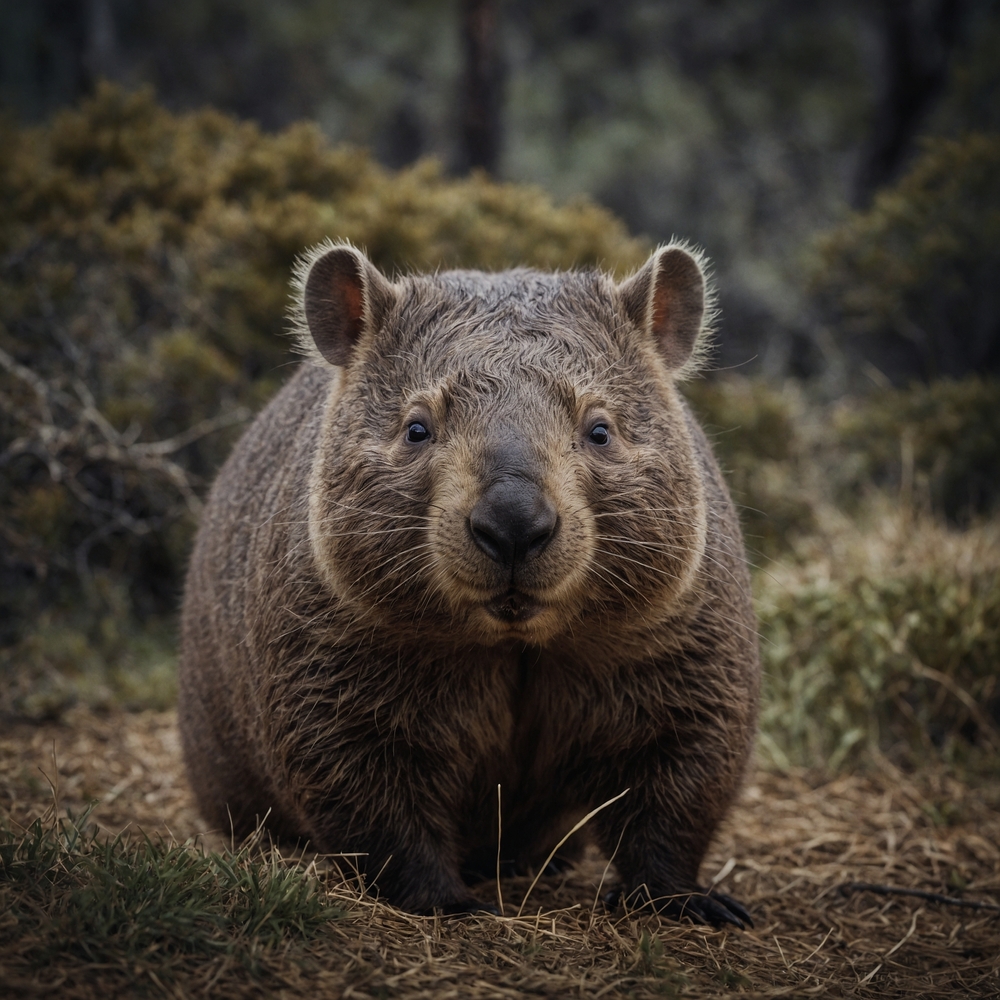
Wombats may look like roly-poly teddy bears, but their hardened rear ends are lethal weapons. When threatened, they dive into their burrows and use their bony rumps to crush predators against the tunnel walls. Their powerful legs and claws can also deliver strong kicks if provoked. Beneath their cute exterior lies a surprisingly effective survival strategy.
10. Leopard Seal

Leopard seals are sleek, playful-looking marine mammals, but they’re apex predators in the Antarctic. Known for their powerful jaws and sharp teeth, they can easily take down penguins and even attack humans. Their speed and agility in the water make them formidable hunters. Approach these seals with caution—they’re far from friendly.
11. European Badger
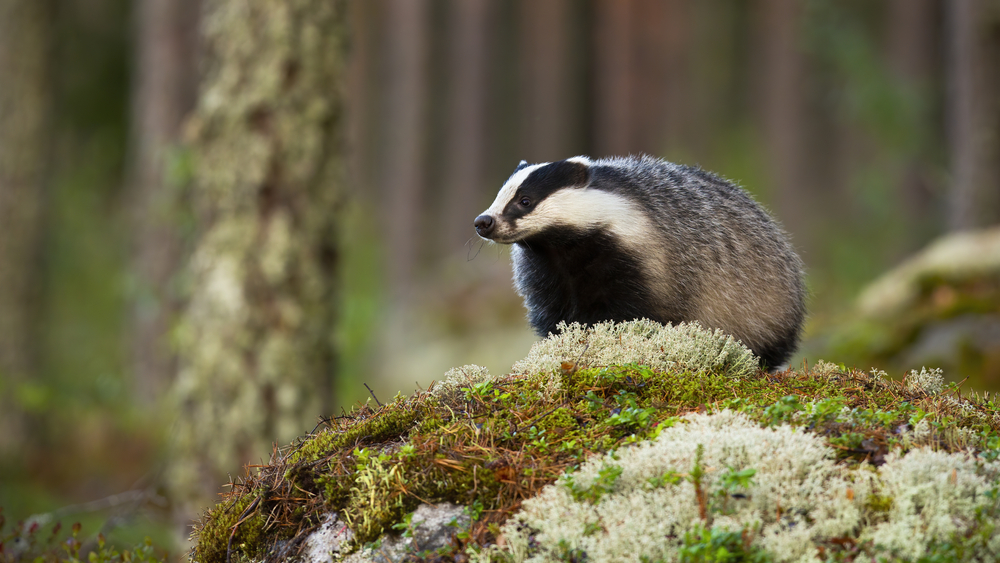
European badgers might look harmless, but they’re fiercely territorial and equipped with strong claws and sharp teeth. When threatened, they’ll fight back aggressively, often targeting the face or neck of their attacker. Their thick skin and sturdy build make them surprisingly tough opponents. Don’t let their small size fool you—these mammals know how to defend themselves.
12. Mongoose
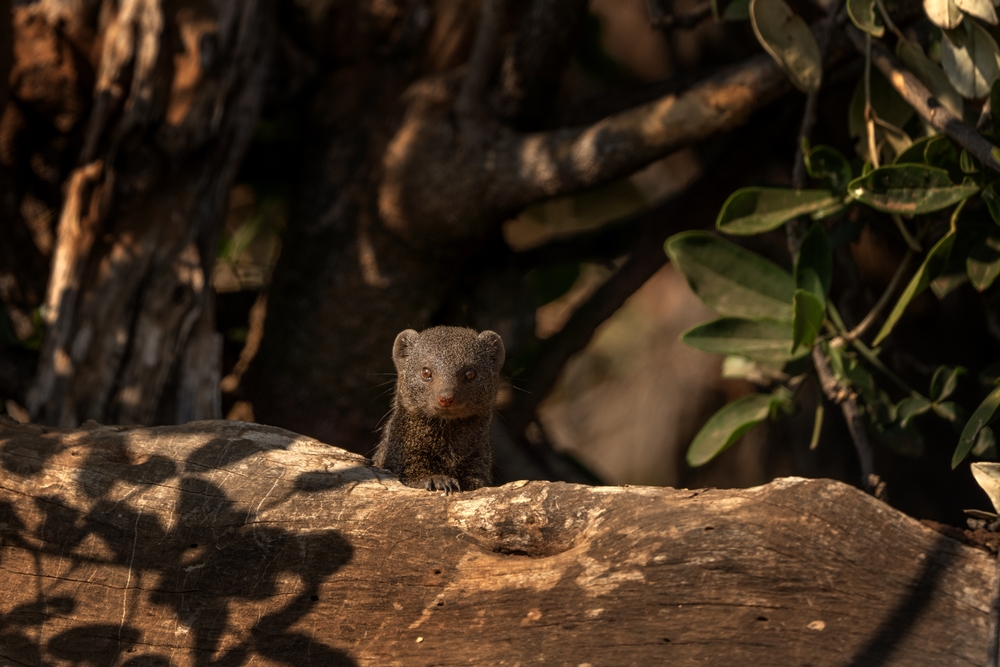
Mongooses are best known for their fearless ability to take on venomous snakes, including cobras. Their lightning-fast reflexes and natural resistance to snake venom make them deadly opponents. They use their sharp teeth and claws to deliver precise, lethal strikes. These small mammals prove that size doesn’t determine strength or danger.
13. Koala
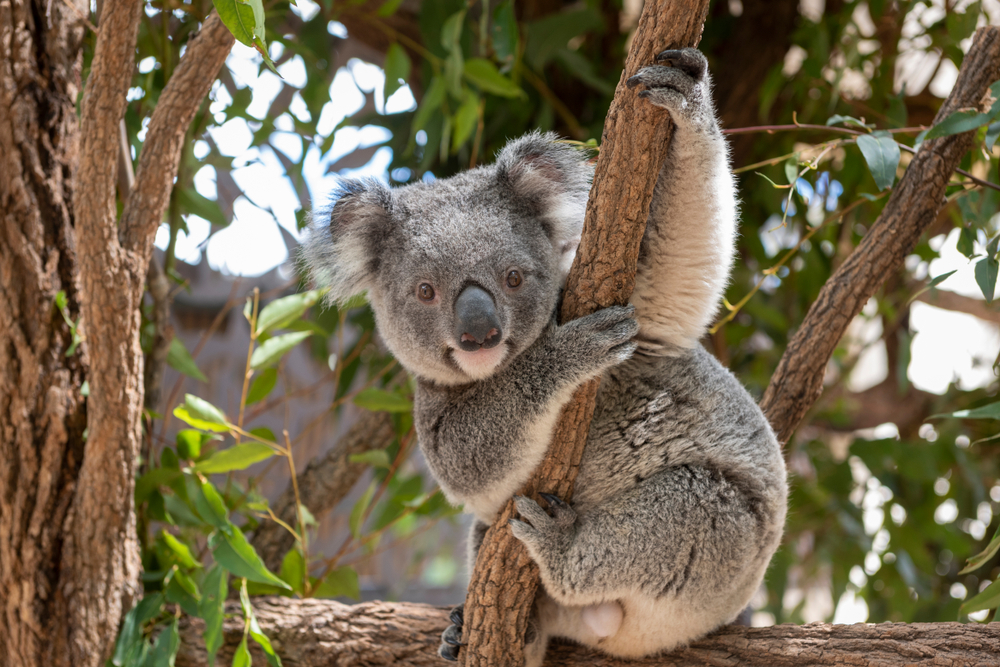
Koalas may be icons of cuteness, but their sharp claws and territorial nature can make them dangerous. If they feel threatened, they won’t hesitate to lash out, leaving deep scratches and wounds. They’re particularly aggressive during mating season or when their habitat is encroached upon. These sleepy marsupials have a hidden feisty side that shouldn’t be underestimated.
14. Bison
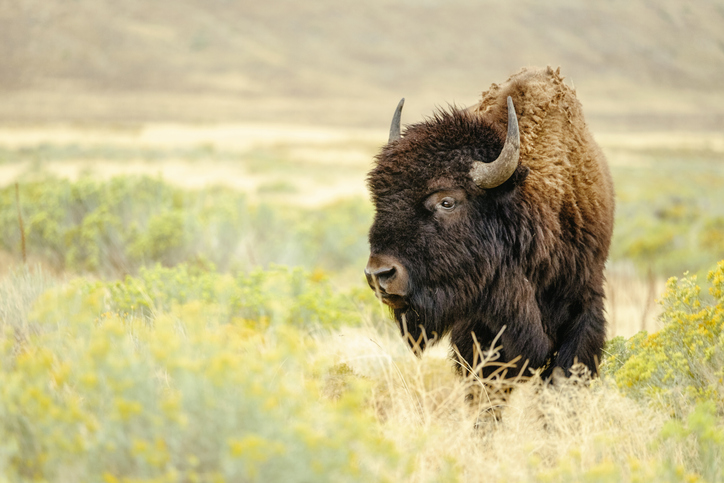
Bison, with their calm grazing habits, might seem like gentle giants of the plains. However, these massive animals can weigh over 2,000 pounds and charge at speeds of 40 mph when provoked. Their horns and brute strength make them more than capable of fatally injuring a human. They’re a reminder that even the most peaceful-looking creatures demand respect.
